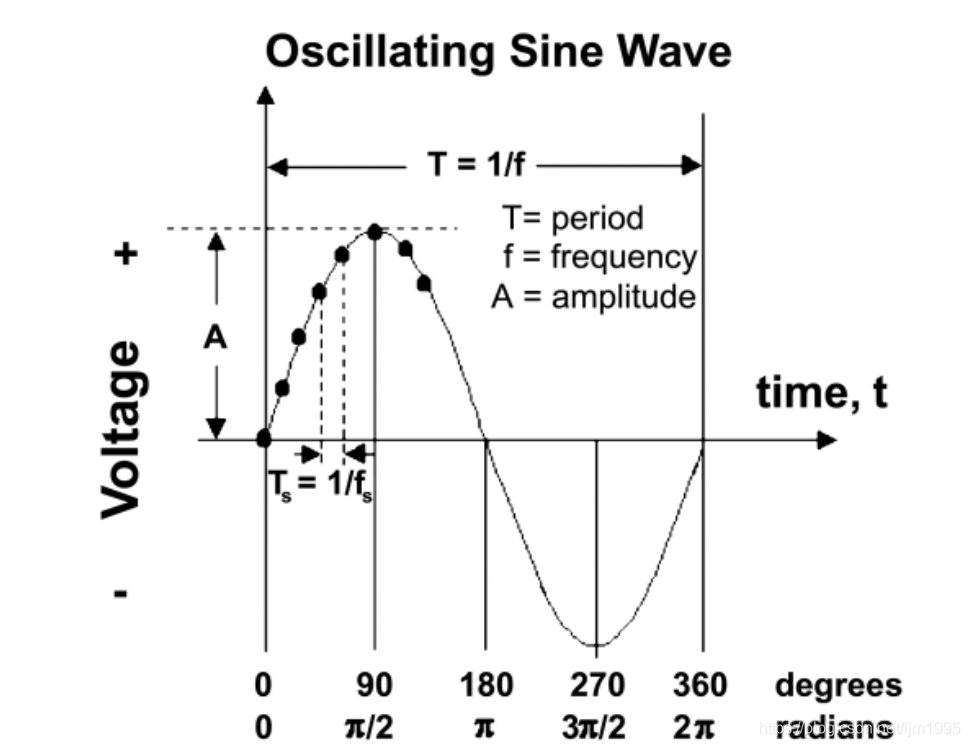
- English
- Español
- Português
- русский
- Français
- 日本語
- Deutsch
- tiếng Việt
- Italiano
- Nederlands
- ภาษาไทย
- Polski
- 한국어
- Svenska
- magyar
- Malay
- বাংলা ভাষার
- Dansk
- Suomi
- हिन्दी
- Pilipino
- Türkçe
- Gaeilge
- العربية
- Indonesia
- Norsk
- تمل
- český
- ελληνικά
- український
- Javanese
- فارسی
- தமிழ்
- తెలుగు
- नेपाली
- Burmese
- български
- ລາວ
- Latine
- Қазақша
- Euskal
- Azərbaycan
- Slovenský jazyk
- Македонски
- Lietuvos
- Eesti Keel
- Română
- Slovenski
- मराठी
- Srpski језик
Basic Theory of Radio Frequency (RF)
2023-12-22
1. What is radio frequency?
Radio frequency, abbreviated as RF, is the abbreviation for high-frequency alternating current electromagnetic waves.
Electromagnetic waves are actually quite familiar concepts.
According to Maxwell's electromagnetic field theory, an oscillating electric field produces an oscillating magnetic field, and an oscillating magnetic field produces an oscillating electric field.
Electromagnetic fields continuously propagate outward in space, forming electromagnetic waves.
The following diagram roughly illustrates this process, where E represents the electric field and B represents the magnetic field.
The phase and amplitude of electric and magnetic fields at the same position on the axis will change over time.

Usually, Radio Frequency (RF) is a collective term for electromagnetic waves with oscillation frequencies between 300KHz-300GHz, and is widely used in radar and wireless communication.
2. Basic characteristics of radio frequency
To describe a given RF signal, it can be approached from four perspectives: frequency, wavelength, amplitude, and phase.
2.1 Frequency and wavelength
The frequency of electromagnetic waves refers to the frequency of electromagnetic field oscillations.
Waves have a period, and the frequency (f) is the number of cycles that a wave occurs within a given unit of time, measured in Hertz (Hz).
The following figure represents the waveform of a signal with a frequency of 10Hz per unit time.

Wavelength( λ) The distance at which a wave propagates within a period, and under a constant propagation speed, the wavelength is inversely proportional to the frequency, i.e, λ = C/f.
RF with similar frequencies will interfere with each other, so there is a dedicated organization for managing the spectrum to allocate frequency bands, avoid mutual interference between applications, and standardize the use of RF.
Due to factors such as attenuation, low-frequency electromagnetic waves can generally propagate longer distances than high-frequency electromagnetic waves, and are therefore often used in over the line of sight radar.
High frequency electromagnetic waves have high energy, strong penetration ability, and higher bandwidth, and are now also used in some line of sight communication to alleviate the problem of low-frequency congestion, such as mmWave communication.
2.2 Amplitude
The amplitude signal of RF is a measure of the variation of electric field oscillation within a single cycle. For sine waves, it can be represented by peak value ①, peak to peak value ②, and root mean square value ③.

2.3 Phase
Phase refers to the position of a single time point in the wave period, usually expressed in radians in sine waves.

